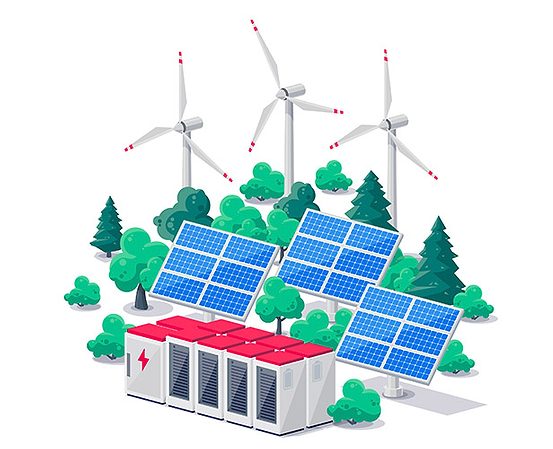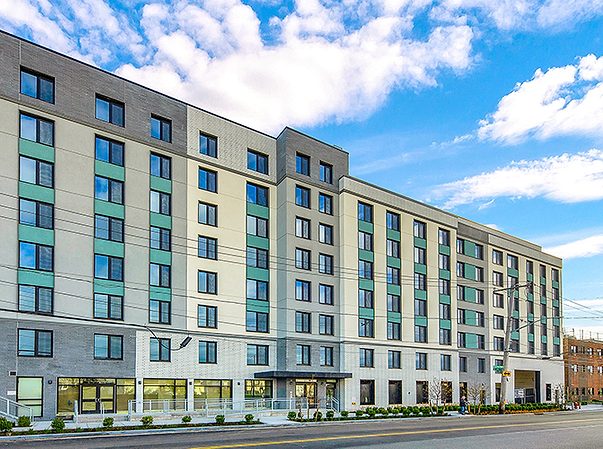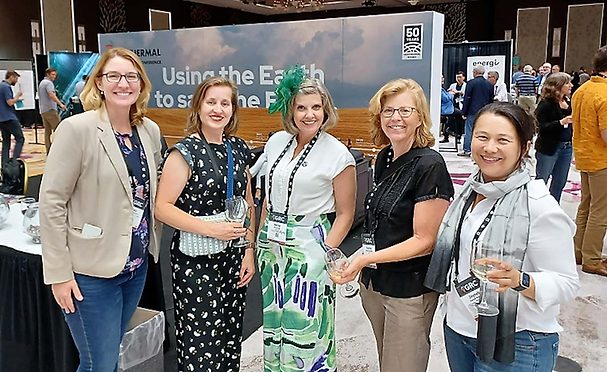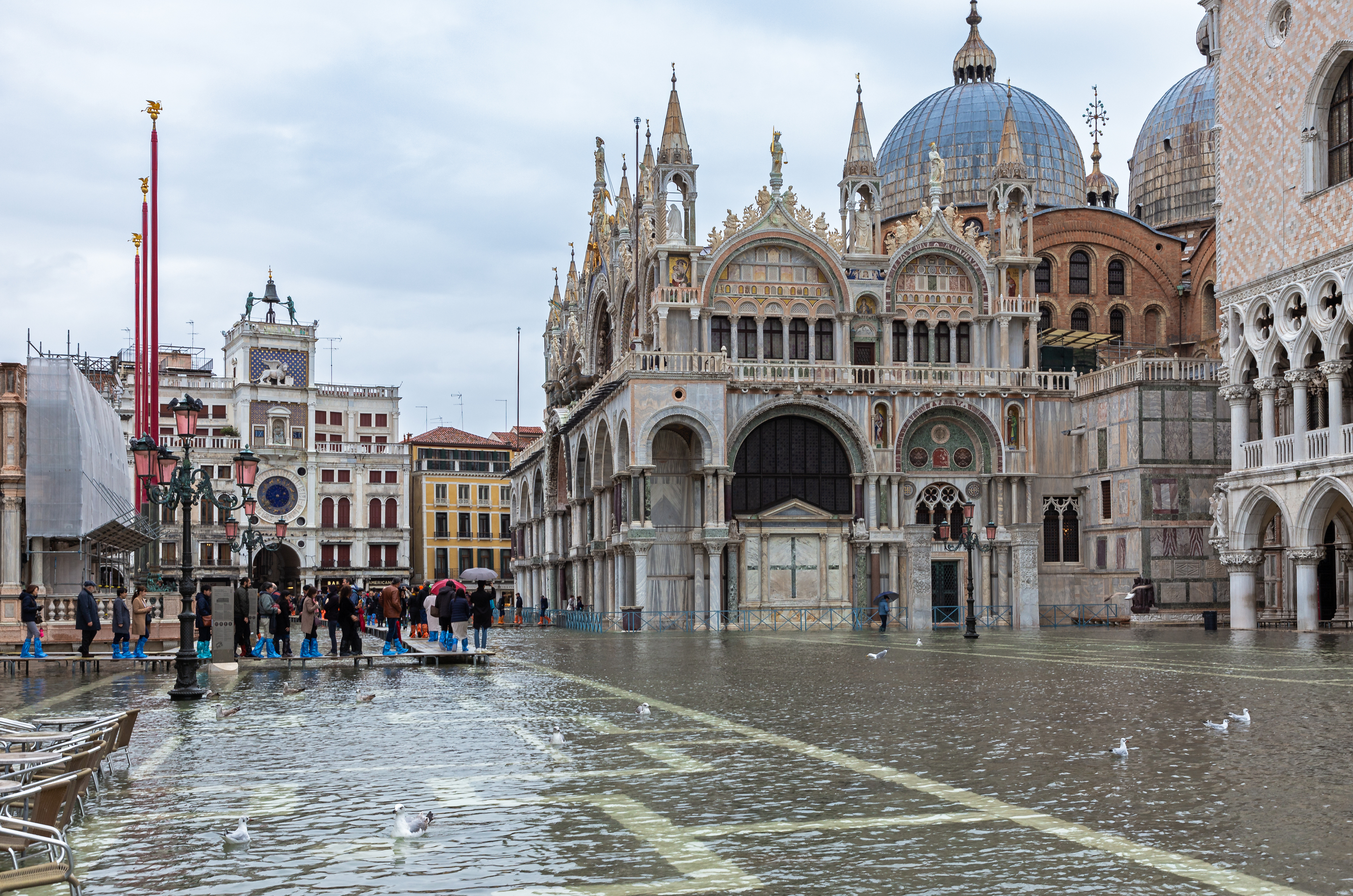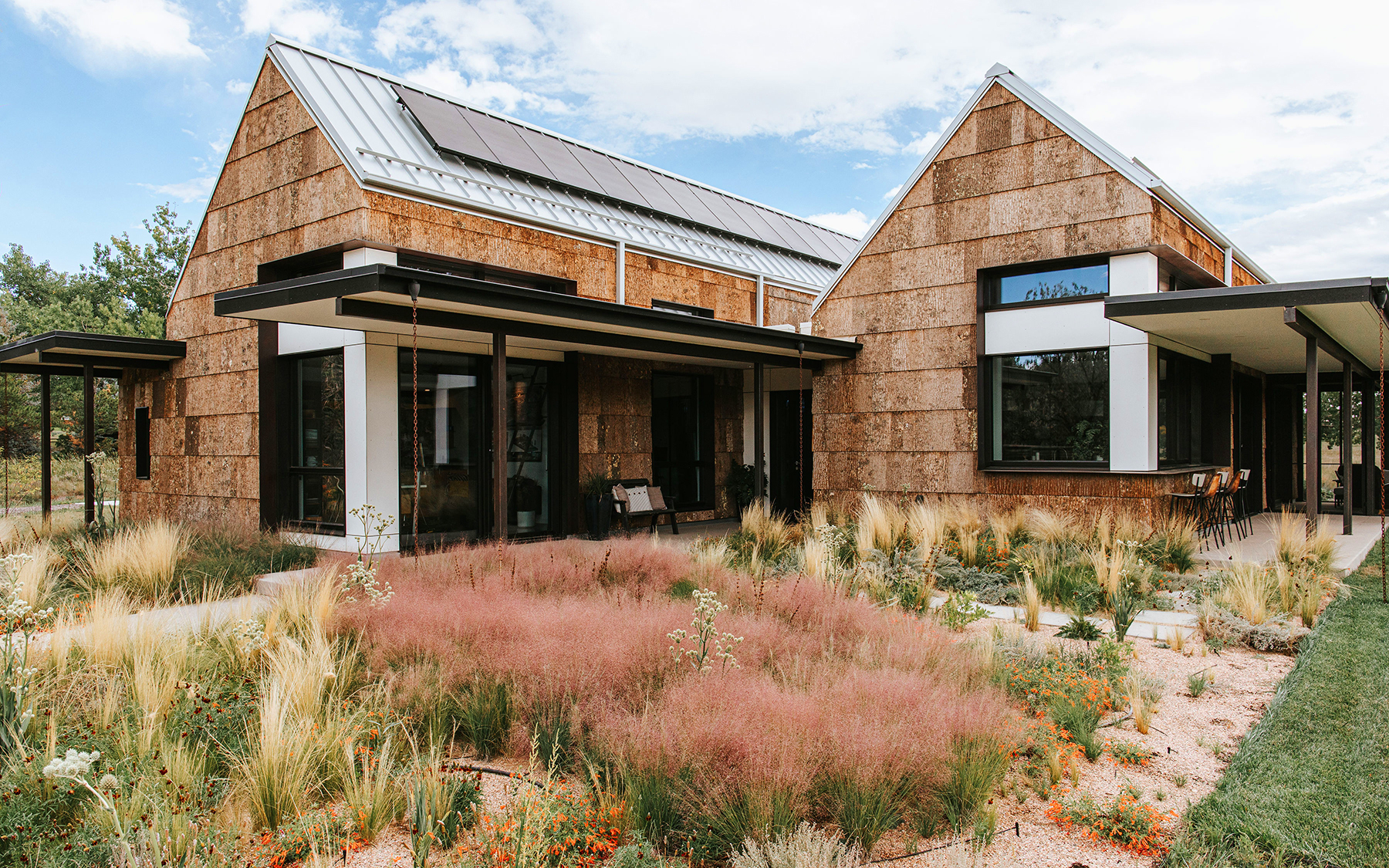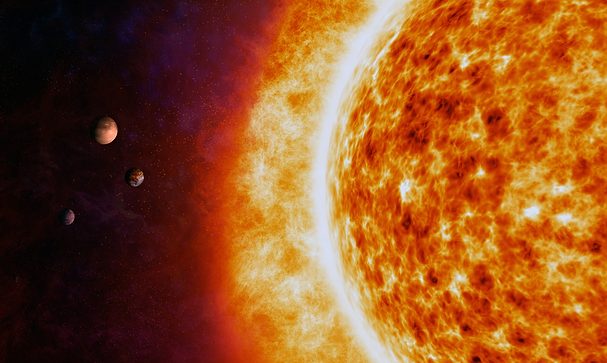Alternative Energy
Alternative Energy
Are they a breakthrough for rural energy customers?
Read More
The Future Is Now
Clean Energy for Our Climate Emergency
MEP designers are combining heat pumps with other environment-friendly technologies to help make buildings more resilient.
Read More
GEOTHERMAL HVAC
Women in Geothermal: An Industry for All
My association with WING has shown me tremendous opportunities for women in all aspects of the geothermal industry.
Read More
Alternative Energy
Venice, Italy: An Occasionally Walled City
An $8 billion infrastructure project, MOSE deploys a series of yellow boxes to float up beyond the surface and create a physical flood barrier.
Read More
The Future is Now
New Materials and Modern Thinkers
The planet’s struggling engineers and innovators, the Davids, are beginning to get the better of Goliath.
Read More
